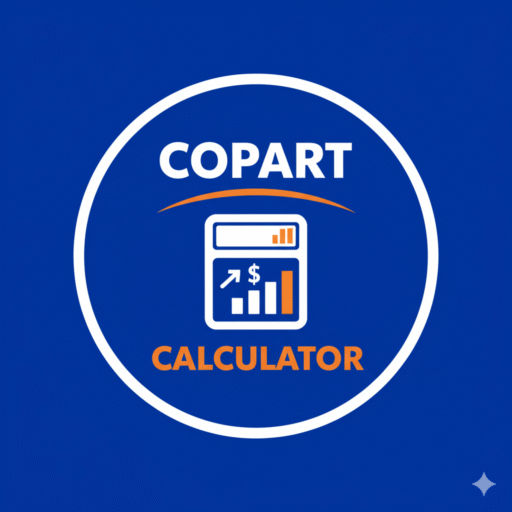Choosing the right bidding strategy on Copart can make a big difference in how much you pay—and how you manage risk. Let’s break down the three main purchase options: Pre-Bid, Live Auction, and Buy It Now. We’ll look at when each makes sense, what the pros and cons are, and how the fees compare.
Pre-Bid: The Early Advantage
How it works:
You submit your maximum bid amount before the live auction begins. The system automatically bids for you, up to your set limit.
When to use Pre-Bid:
- You want to set your ceiling and avoid getting caught up in live auction emotions.
- You may not be available when the live auction happens.
- You’re targeting lots with less competition or lower value.
Fee Considerations:
- In most cases, pre-bidding does not trigger the virtual/live bid fee.
- Standard buyer’s premium, gate, and environmental fees apply.
- Payment and tax rules are the same.
Pros:
- Easier budgeting: you know your max spend.
- Less time commitment.
- Avoids last-minute bidding wars.
Cons:
- You might get outbid in the live phase.
- No chance to react if bidding heats up at the last second.
Calculate your total costs before bidding using the Copart Auction Fees Calculator to avoid surprises.
Live Auction: Real-Time, Real Risk
How it works:
You join the live auction online or at a Copart location. You can increase your bids in real-time, competing with other buyers.
When to use Live Auction:
- You want to monitor and react to other bidders.
- You’re bidding on high-demand vehicles.
- You’re experienced and can make quick decisions under pressure.
Fee Considerations:
- Virtual bid fee may apply if you win during the live bidding phase.
- All other fees (buyer’s premium, gate, environmental, tax, payment) still apply.
Pros:
- More control over your bidding strategy.
- You can adjust your max on the fly.
- Opportunity to snag a deal if pre-bid competition was weak.
Cons:
- Higher risk of “auction fever” and overbidding.
- Extra virtual bid fee in some cases.
- Requires your live participation.
Get a clear picture of all buyer fees involved in each bidding type with Buyer Fees Explained: Price Tiers, Caps, and What Triggers Them.
Buy It Now: Skip the Auction
How it works:
Some lots are available for immediate purchase at a fixed price. No bidding required.
When to use Buy It Now:
- You need a vehicle quickly, or don’t want to risk losing it in auction.
- You value convenience and certainty.
- The Buy It Now price is competitive compared to recent sales.
Fee Considerations:
- All standard auction fees apply (buyer’s premium, gate, environmental, tax, payment).
- Virtual bid fee is usually not charged with Buy It Now, but always check the specific lot terms.
Pros:
- Immediate purchase—no waiting.
- No risk of being outbid.
- Predictable out-the-door cost.
Cons:
- Price may be higher than what you’d pay in an auction.
- Less room for negotiation.
Understand the payment process and deadlines in our guide to Copart Payment Deadlines.
Comparing Fees: At a Glance
| Strategy | Buyer’s Premium | Virtual Bid Fee | Gate/Environmental | Broker Fee (if any) | Tax/Payment Fees |
|---|---|---|---|---|---|
| Pre-Bid | Yes | No | Yes | Possible | Yes |
| Live Auction | Yes | Yes | Yes | Possible | Yes |
| Buy It Now | Yes | Usually No | Yes | Possible | Yes |
- Tip: Always use the Copart Fee Calculator to see exactly which fees apply to your chosen bidding method.
Which Path Should You Choose?
- Pre-Bid: Best for disciplined buyers who want to stick to a budget and avoid emotional bidding.
- Live Auction: Ideal if you want flexibility and the chance to jump in at the last minute, but watch for extra fees.
- Buy It Now: Great for speed and certainty, especially when the fixed price is fair.
Estimate how much value your vehicle will lose over time with our Vehicle Depreciation Calculator — perfect for planning auctions and resale.
Estimate the value of salvage vehicles using our Salvage Vehicle Value Calculator — ideal for auction bidders, importers and flippers.

Martinez is the creator of CopartCalculator.com, a trusted resource for estimating fees and costs when buying vehicles from Copart auctions. With a focus on accuracy and ease of use, Martinez develops tools and content that help users make informed decisions and avoid hidden surprises. His mission is to simplify complex calculations and save buyers time and money throughout the auction process.
